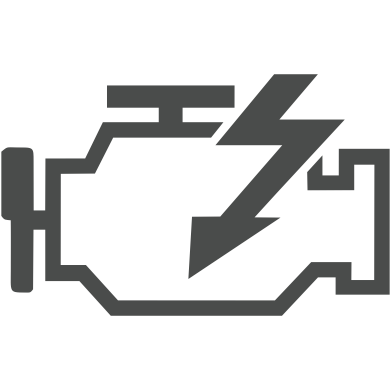TurboLag wrote:They aren'tHarvey wrote:Can someone explain to me how the rear wheels are driven?
They are driven by the hybrid system. Harvests from the front, delivers power to the rear.
TurboLag wrote:They aren'tHarvey wrote:Can someone explain to me how the rear wheels are driven?


There is a long driveshaft from the Flybrid KERS system. I don't believe the system was fitted for the photo shoot.TurboLag wrote:They aren'tHarvey wrote:Can someone explain to me how the rear wheels are driven?
I'd be interested to see this when it's fitted. Seems like they're gonna have a whacking great blockage in the middle of their lovingly crafted tunnel!SteveRacer wrote:There is a long driveshaft from the Flybrid KERS system. I don't believe the system was fitted for the photo shoot.TurboLag wrote:They aren'tHarvey wrote:Can someone explain to me how the rear wheels are driven?




I don't think the Torotrek system uses a motor; I still think the drive shaft from the unit located behind the engine in the cockpit and the rear wheels are connected.Tim.Wright wrote:I don't think the driveshaft runs through the tunnel. It's rumoured to be either some sort of drop gear arrangement or the motor is embedded into the wall of the chassis.
http://www.racer.com/images/igallery/re ... 6-80-c.jpg

That's my view on it too. Will be interesting to see how much downforce they get with this.RacingManiac wrote:I dunno if their goal is to do the double diffuser deal, but I think they are using it to extract the front diffuser flow, which normally would dump out the side...
Its basically replacing the over the floor out the side like above with over the floor out the back. I'd think the key is not have obstruction, and it also serve the purpose to fill the base area and reduce drag. Though I am curious if this can't serve the same purpose as double diffuser, if it allows for expansion anyway...
"We don't want to be like the other manufacturers who are guarded, who keep everything under wraps and only tell you what they want to know," he said. "We are going to be wide open. Come on in, see it all, tell your story however you want—guts and all, and we plan to do the same. Post our setup sheets online. Look at all the little technical details, the spring rates, or whatever. Make this your own car, learn from it, ask questions." Darren Cox

Harvey wrote: I'd be interested to see this when it's fitted. Seems like they're gonna have a whacking great blockage in the middle of their lovingly crafted tunnel!
http://www.roadandtrack.com/motorsports ... -lm-nismo/Items at the front like turbos and other systems have been elevated to make way for the tunnel inlets, and from a packaging standpoint, you won't find a spare inch from top to bottom or side to side under the expansive hood. I'd feel sorry for the person who drops their car keys in the engine bay, because they might never be found.
Dragging the 3D model to the left of the screen, Marshall took us to the back of the car,and it was there that we found another engineering solution that breaks new ground. The complex engine and Flybrid system at the front of the car works in unison to turn the front tires through driveshafts that look like bronze tree trunks, and with the sheer volume of engine-hybrid power potentially exceeding what the front tires can handle, the Nissan has been designed to send some of the hybrid power to the skinny rear tires if desired.
How that power reaches the back tires is the good part.
Picture the loooooong driveshaft extending from the front of the car to the back of the car, terminating at the rear axle line. It connects to a differential housing that scales upward—high enough for driveshafts to reach across and over the through-flow aero tunnels. Those driveshafts connect to individual gearboxes that also sit in tall housings. With the high differential housing connected to the high outrigger gearboxes via driveshafts, the rear wheels are turned by short driveshafts from the base of the gearboxes.
The entire exercise is done to prevent sticking driveshafts through the tunnels and reducing aero efficiency. Anyone other than Bowlby would have skipped the Herculean task and lived with the extra drag. Thankfully, he and Eakin, the team's gearbox genius, chose performance over ease.